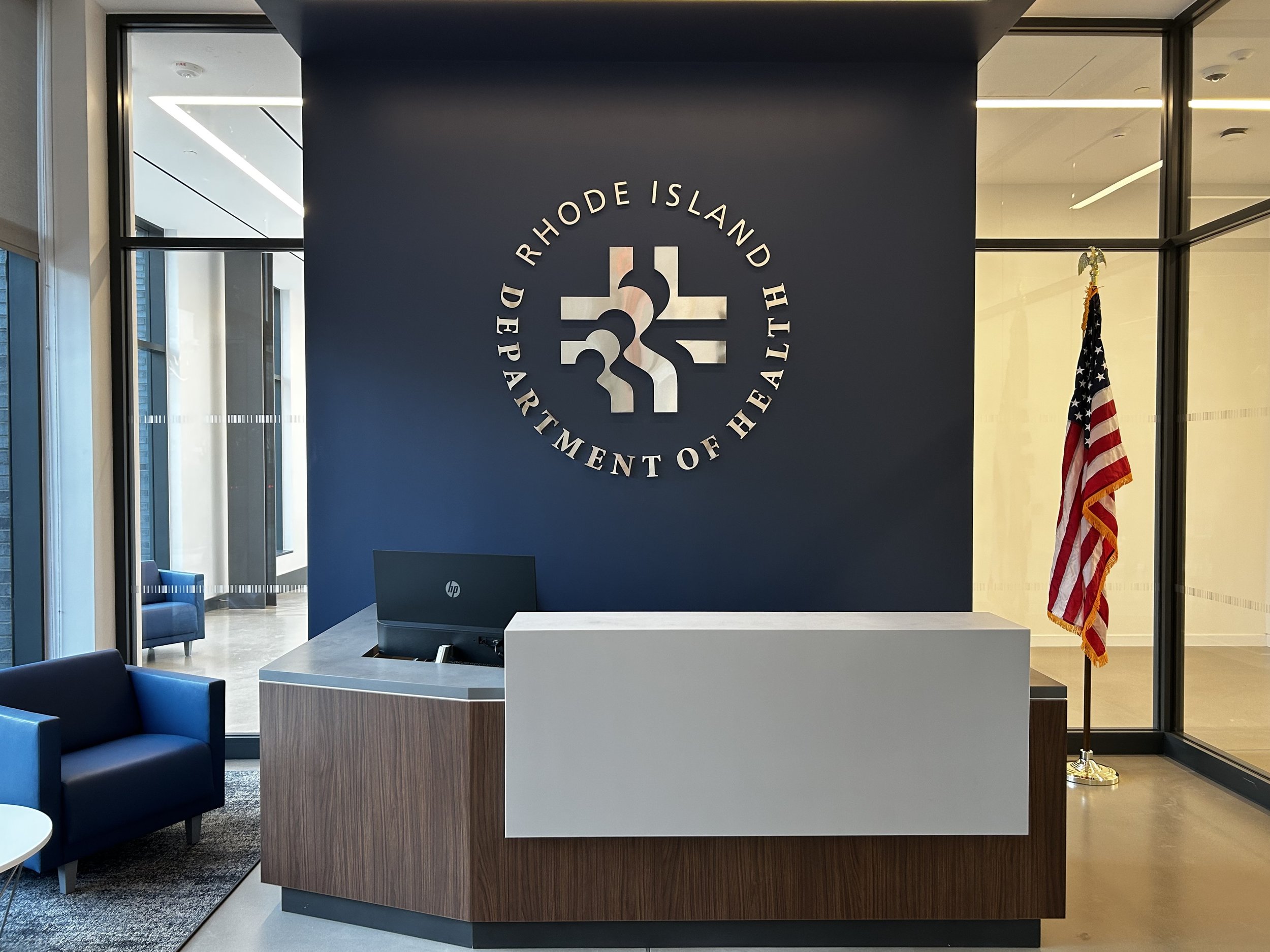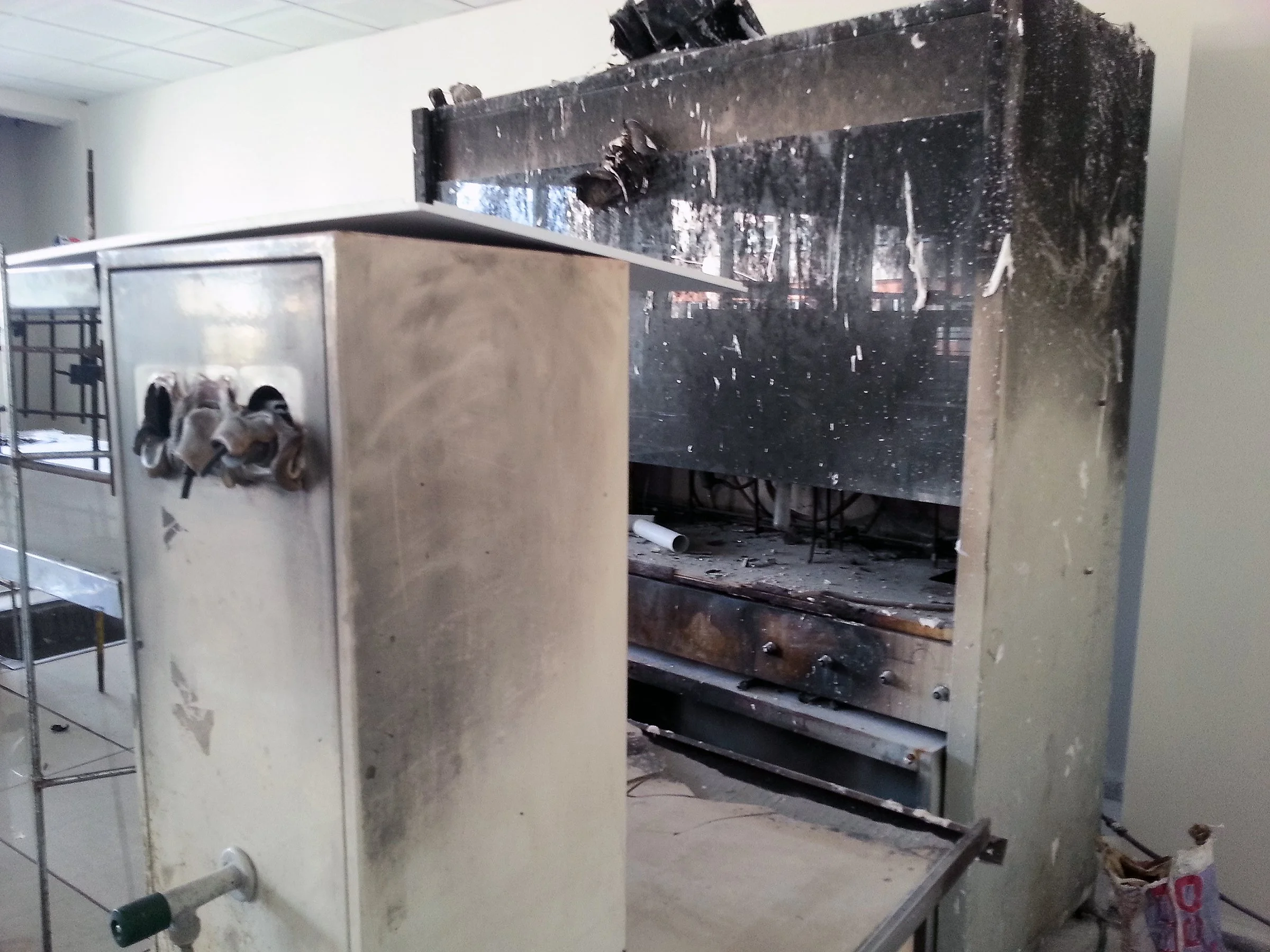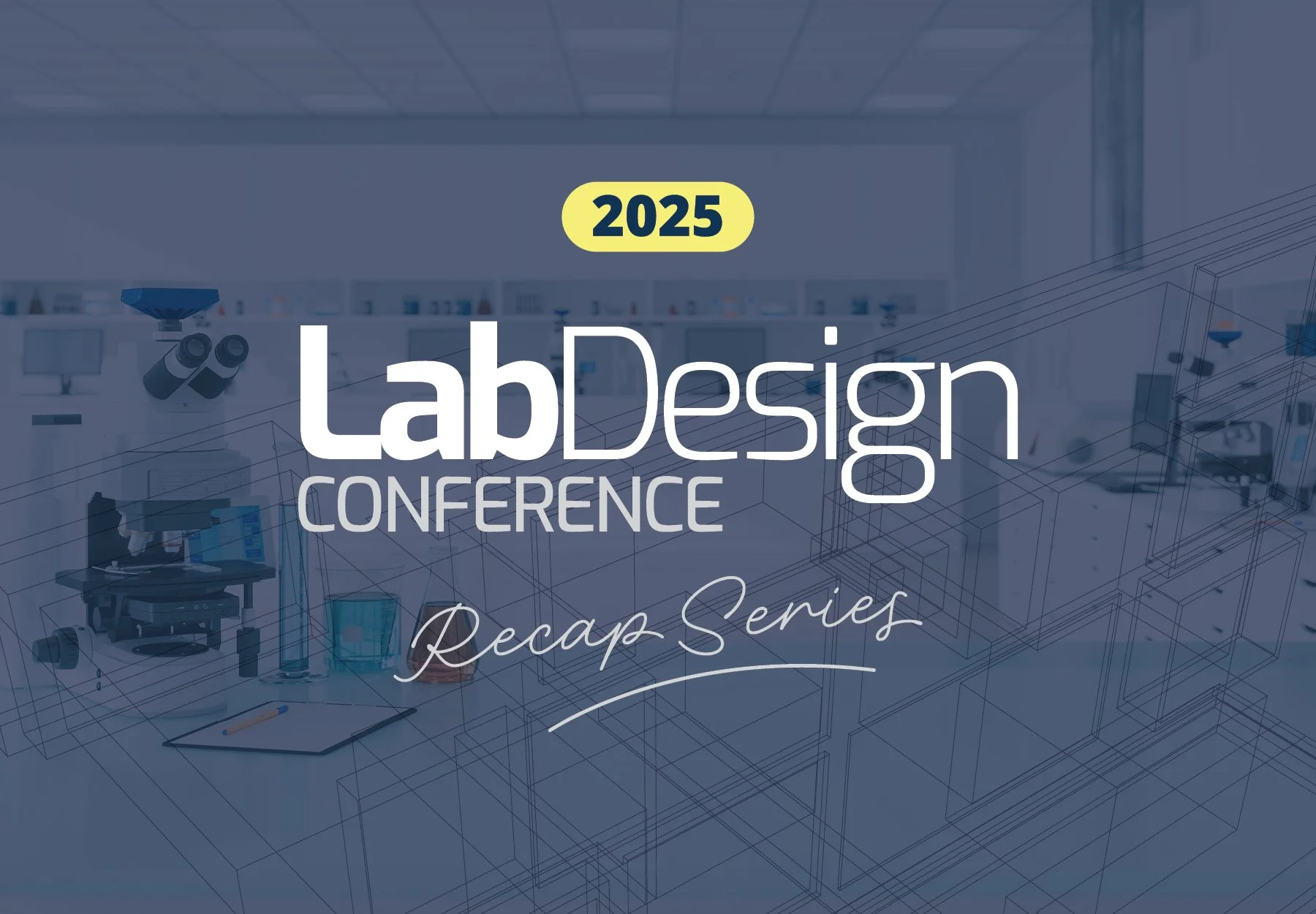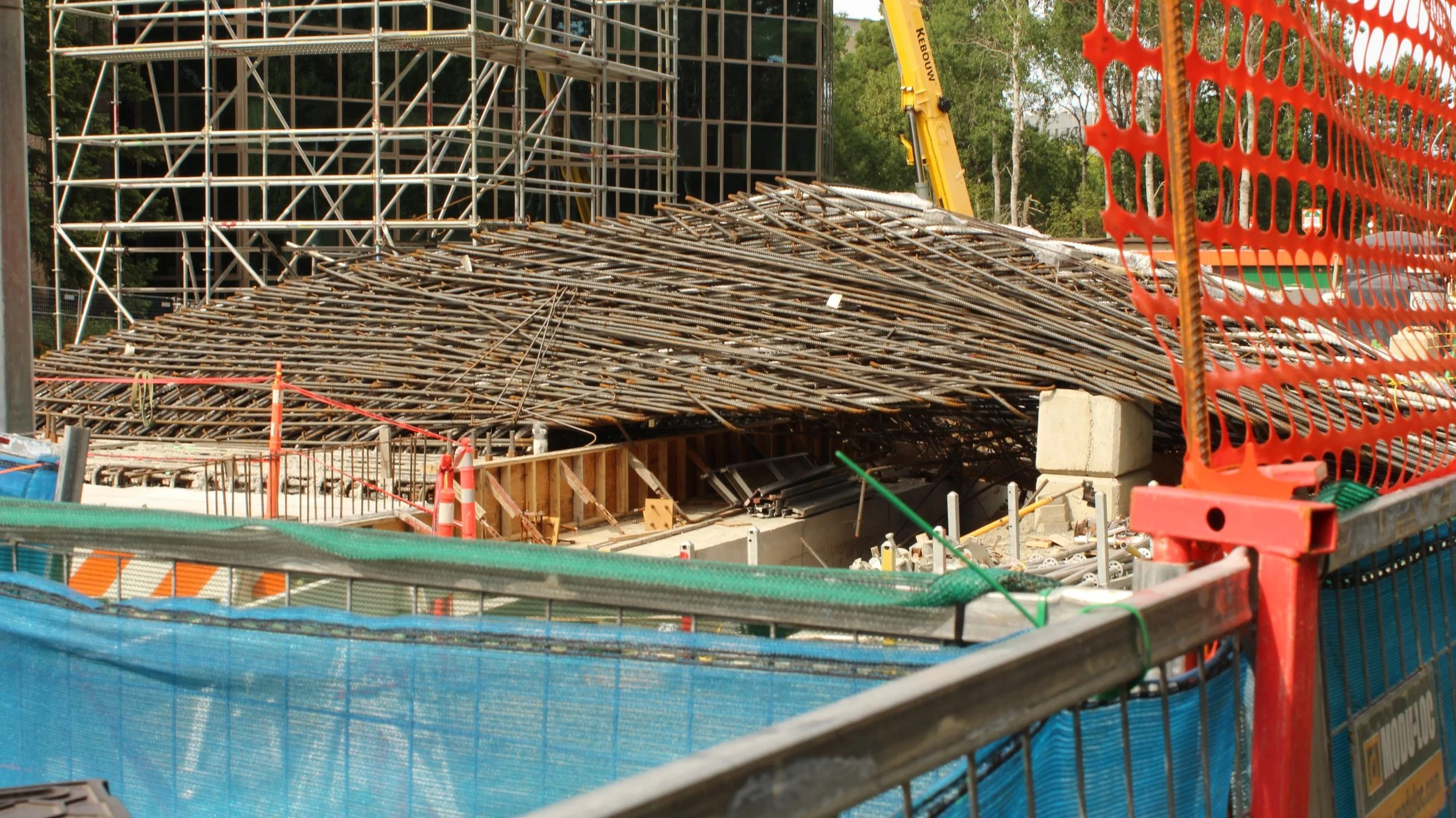[[bpstrwcotob]]

Rhode Island Unveils Modern Laboratory to Advance Public Health and Safety
Rhode Island’s new State Health Laboratory in Providence replaces an outdated facility with a modern, flexible, and sustainable space that enhances public health capabilities, supports collaboration with academic and industry partners, and positions the state to respond to emerging threats with advanced technologies like genomic sequencing

Lab Renovation Enhances Learning, Safety, and Technology Integration
The University of Wisconsin-Stout completed a $7.4 million, two-phase renovation of its Jarvis Hall laboratories, upgrading infrastructure, technology, and safety while maintaining active teaching and research operations

Designing for Containment: The High Stakes of Fume Hood Specification
Fume hood failures often result not from the equipment itself but from room design, airflow dynamics, and user interactions—a new book emphasizes specifying and testing hoods under real-world, dynamic conditions to ensure long-term lab safety

Unexpected Risks, Planned Solutions: Safety in Lab Design
A recent explosion at a Harvard lab underscores the need for resilient, access-controlled, behavior-informed, and well-designed laboratory environments, and expert Dan Scungio outlines how thoughtful planning—from materials and infrastructure to low-cost upgrades, user behavior, and risk-based zoning—can prevent minor incidents from escalating into catastrophic ones

What’s Shaking?! Controlling External and Internal Vibrations in an Ultra-Sensitive Laboratory
At the 2025 Lab Design Conference, Michael Wesolowsky and Ryan Velasco showcased a case study on controlling vibrations in ultra-sensitive labs at CU Boulder, highlighting how careful site analysis, structural design, and collaboration ensure both scientific precision and occupant safety—a topic Wesolowsky will continue exploring in a hands-on roundtable at the 2026 conference

Minimizing Risk: Strategies for Design and Construction
Laboratory design and construction teams can minimize risk—and improve project outcomes—by embedding proactive risk management strategies, clear communication, collaborative culture, and advanced planning tools into every phase of a project.

Renovating Laboratories: Key Concerns and Challenges in Transforming Existing Spaces
Laboratory renovation offers sustainability and cost advantages over new construction but poses complex challenges—including structural limits, MEP upgrades, safety compliance, and stakeholder coordination—that require careful planning and collaboration to create flexible, high-performing research spaces

Fire Safety Concerns in Laboratory Design
Fire safety in laboratories requires holistic, intentional design that integrates code compliance, hazard mitigation, resilient infrastructure, and support for staff preparedness to prevent, contain, and respond to incidents while protecting people, research, and operations

Science for Everyone: Moving Beyond ADA in Lab Design
Achieving true inclusivity in lab environments means going beyond ADA compliance to consider the full spectrum of human abilities—both visible and invisible—by integrating accessibility into the design process from the outset, with empathy guiding decisions rather than just code requirements

Rebar Collapse Halts Work on University’s Engineering Lab Expansion
A structural rebar and post-tension cable collapse at the University of Victoria’s $89.6 million Engineering and Computer Science expansion site caused a temporary road closure and raised safety concerns, though no injuries were reported and investigations are ongoing to determine the cause and impact on the project timeline
